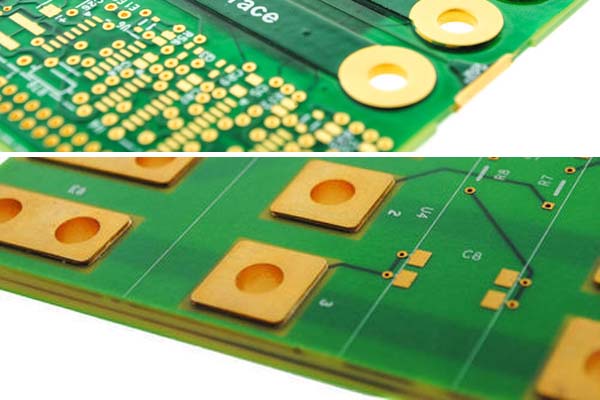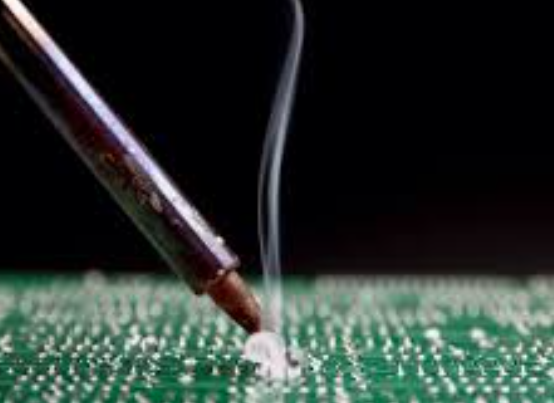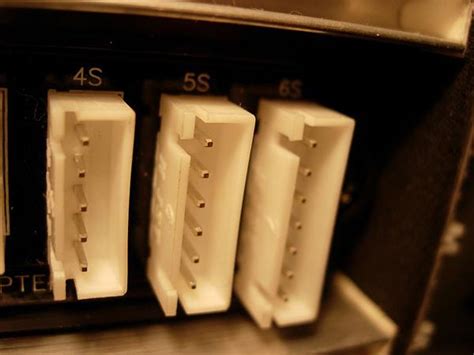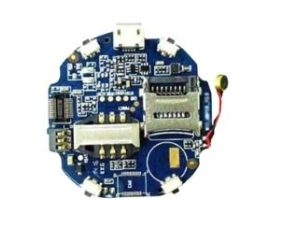Understanding PCB Parts: A Comprehensive Guide
Printed Circuit Boards (PCBs) are the backbone of modern electronics. They are used in almost every electronic device, from smartphones and computers to industrial machinery and medical equipment. PCBs provide a platform for connecting and supporting various electronic components, enabling the device to function as intended. To understand how PCBs work, it is essential to familiarize yourself with the different parts that make up a PCB. This article will explore the key components of a PCB, their functions, and their importance in the overall design and functionality of electronic devices.
1. Introduction to PCB Parts
A PCB is a flat board made of insulating material, typically fiberglass, with conductive pathways etched or printed onto its surface. These pathways, known as traces, connect various electronic components mounted on the board. The components can be either through-hole or surface-mounted, depending on the design and application of the PCB.
The parts of a PCB can be broadly categorized into two groups:
- Active Components: These components require a power source to function and can control the flow of electricity. Examples include transistors, integrated circuits (ICs), and diodes.
- Passive Components: These components do not require a power source and cannot control the flow of electricity. Examples include resistors, capacitors, and inductors.
Below, we will delve into the most common PCB parts and their roles in electronic circuits.
2. Key PCB Components
2.1 Resistors
Resistors are one of the most fundamental components in any PCB. They are passive components that limit or regulate the flow of electric current in a circuit. Resistors are measured in ohms (Ω) and are used to control voltage levels, divide voltages, and protect sensitive components from excessive current.
- Types of Resistors: Fixed resistors, variable resistors (potentiometers), and thermistors.
- Applications: Voltage division, current limiting, and signal conditioning.
2.2 Capacitors
Capacitors store and release electrical energy in a circuit. They consist of two conductive plates separated by an insulating material (dielectric). Capacitors are measured in farads (F) and are used for filtering, smoothing, and stabilizing voltage levels.
- Types of Capacitors: Ceramic capacitors, electrolytic capacitors, and tantalum capacitors.
- Applications: Power supply filtering, signal coupling, and energy storage.
2.3 Inductors
Inductors are passive components that store energy in a magnetic field when electric current passes through them. They are measured in henries (H) and are used to filter signals, control current, and store energy.
- Types of Inductors: Air-core inductors, iron-core inductors, and toroidal inductors.
- Applications: Noise filtering, energy storage, and signal processing.
2.4 Diodes
Diodes are semiconductor devices that allow current to flow in only one direction. They are essential for rectifying alternating current (AC) into direct current (DC) and protecting circuits from reverse polarity.
- Types of Diodes: Rectifier diodes, Zener diodes, and light-emitting diodes (LEDs).
- Applications: Rectification, voltage regulation, and signal demodulation.
2.5 Transistors
Transistors are active components that amplify or switch electronic signals. They are the building blocks of modern electronics and are used in almost every electronic device.
- Types of Transistors: Bipolar junction transistors (BJTs) and field-effect transistors (FETs).
- Applications: Signal amplification, switching, and modulation.
2.6 Integrated Circuits (ICs)
Integrated circuits, or ICs, are complex assemblies of multiple electronic components (transistors, resistors, capacitors, etc.) fabricated on a single semiconductor chip. ICs can perform a wide range of functions, from simple logic operations to complex data processing.
- Types of ICs: Microcontrollers, operational amplifiers, and memory chips.
- Applications: Data processing, signal amplification, and control systems.
2.7 Connectors
Connectors are used to link the PCB to external devices or other PCBs. They provide a reliable and removable connection for power, signals, and data.
- Types of Connectors: USB connectors, HDMI connectors, and pin headers.
- Applications: Power supply, data transfer, and signal transmission.
2.8 Switches
Switches are mechanical devices that control the flow of current in a circuit. They can be used to turn a device on or off or to select between different circuit paths.
- Types of Switches: Toggle switches, push-button switches, and rotary switches.
- Applications: Power control, mode selection, and user input.
2.9 Relays
Relays are electrically operated switches that use an electromagnet to mechanically control the flow of current. They are often used to control high-power circuits with low-power signals.
- Types of Relays: Electromechanical relays and solid-state relays.
- Applications: Power control, automation, and safety systems.
2.10 Oscillators
Oscillators generate periodic signals, such as sine waves or square waves, which are used to synchronize operations in electronic circuits.
- Types of Oscillators: Crystal oscillators and RC oscillators.
- Applications: Clock generation, signal modulation, and frequency synthesis.

3. PCB Layout and Design Considerations
The arrangement of components on a PCB, known as the layout, plays a critical role in the performance and reliability of the circuit. Here are some key considerations for PCB design:
3.1 Component Placement
- Place components in a logical and organized manner to minimize trace lengths and reduce signal interference.
- Group related components together to improve signal integrity and simplify troubleshooting.
3.2 Trace Routing
- Use appropriate trace widths to handle the required current and minimize resistance.
- Avoid sharp angles in traces to reduce electromagnetic interference (EMI) and signal reflection.
3.3 Power and Ground Planes
- Dedicate entire layers of the PCB to power and ground to ensure stable voltage levels and reduce noise.
- Use decoupling capacitors near ICs to filter out high-frequency noise.
3.4 Thermal Management
- Consider the heat generated by components and design the PCB to dissipate heat effectively.
- Use thermal vias and heat sinks to prevent overheating and ensure reliable operation.
3.5 Signal Integrity
- Minimize crosstalk between traces by maintaining adequate spacing and using ground planes.
- Use impedance matching techniques to ensure proper signal transmission in high-frequency circuits.

4. Advanced PCB Components
As technology advances, new types of components are being developed to meet the demands of modern electronics. Some of these advanced components include:
4.1 Microelectromechanical Systems (MEMS)
MEMS are miniature devices that combine mechanical and electrical components. They are used in sensors, actuators, and other applications.
- Applications: Accelerometers, gyroscopes, and pressure sensors.
4.2 Optoelectronic Components
Optoelectronic components, such as photodiodes and laser diodes, convert electrical signals into light and vice versa.
- Applications: Fiber optic communication, displays, and optical sensors.
4.3 Programmable Logic Devices (PLDs)
PLDs are ICs that can be programmed to perform specific logic functions. They offer flexibility and reconfigurability in circuit design.
- Applications: Digital signal processing, prototyping, and custom logic circuits.
5. Conclusion
PCB parts are the building blocks of electronic circuits, and understanding their functions and characteristics is essential for designing and troubleshooting PCBs. From basic components like resistors and capacitors to advanced devices like MEMS and PLDs, each part plays a crucial role in the overall performance of the circuit. By carefully selecting and arranging these components, engineers can create reliable and efficient PCBs that power the devices we use every day.
As technology continues to evolve, the complexity and capabilities of PCBs will only increase. Staying informed about the latest components and design techniques is key to staying ahead in the field of electronics. Whether you are a hobbyist or a professional, mastering the fundamentals of PCB parts is the first step toward creating innovative and impactful electronic designs.






